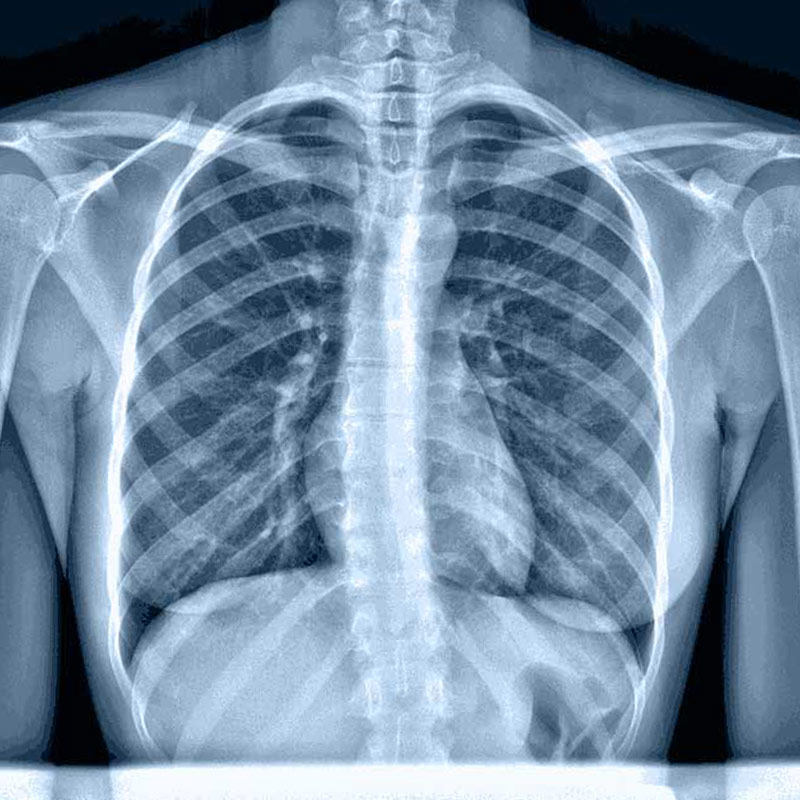Chest / Cardiovascular
Imaging
Chest Imaging includes imaging and diagnosis of the thorax including the lung parenchyma, pleura, contents of the mediastinum, and the hila.
Cardiovascular Imaging
Cardiac CTA is an excellent test for evaluating cardiac morphologic abnormalities where catheter based angiography may not be as strong such as evaluating intracardiac tumors or thrombus, evaluating for coronary artery anomalies, congenital heart disease in adults, and pericardial disease. Cardiac CTA can be used to evaluate ventricular function and anatomy, aortic valve function and anatomy, aneurysms and pseudoaneurysms and myocardial infarcts. Cardiac CTA has the added benefit of evaluating non cardiac anatomy such as the lungs and detects pulmonary nodules, pulmonary emboli, and tumors where cardiac catheterization fails. Catheterization is also a more expensive and invasive test and when risky, cardiac CTA is the test of choice.
Generally, Cardiac CTA is not indicated in patients at high risk for coronary artery disease as conventional catheter based angiography is still more sensitive and allows for the simultaneous treatment of significant disease although asymptomatic patients requiring surveillance studies to evaluate coronary artery bypass grafts and stents and patients who are poor candidates for cardiac catheterization are excellent candidates.
Indications for cardiac CTA include asymptomatic patients with a family history of coronary artery disease or significant risk factors that do not warrant a more invasive catheter based test. Patients with equivocal or nondiagostic nuclear stress tests, echocardiograms, and cardiac catheterizations are also indicated as are patients with atypical chest pain and left bundle branch block (LBBB), or unexplained dyspnea where coronary artery disease may be the cause. Asymptomatic patients requiring coronary artery or cardiac anatomic evaluation prior to other procedures such as valvular surgery, pulmonary vein ablation, or bi-ventricular pacing are excellent candidates.
Cases in which cardiac CTA is not appropriate generally include those patients at high risk for coronary artery disease such as those with acute chest pain or elevated cardiac enzymes, hemodynamically unstable patients, and emergency room patients with undiagnosed acute chest pain, especially with documented coronary artery disease.
Those patients who are contraindicated for this CT study include those who cannot tolerate a prolonged supine position, are pregnant, or are severely claustrophobic. Since beta blockers and intravenous contrast are mandatory, patients with severe contrast reactions, multiple myeloma, pheochromocytoma, dehydration, 2nd and 3rd degree heart block, significant aortic stenosis, and hypotension are poor candidates. Conditions preventing a quality CT from being acquired such as severe obesity and certain arrhythmias are also poor candidates. Patients with recent ingestion of caffeine should be delayed at least 12 hours prior to procedure performance. Previous contraindications included severe asthma/COPD and cardiac pacers but as our experience has grown, we are now using new B-blockers and adjusting pacer rates to allow for high quality studies.


